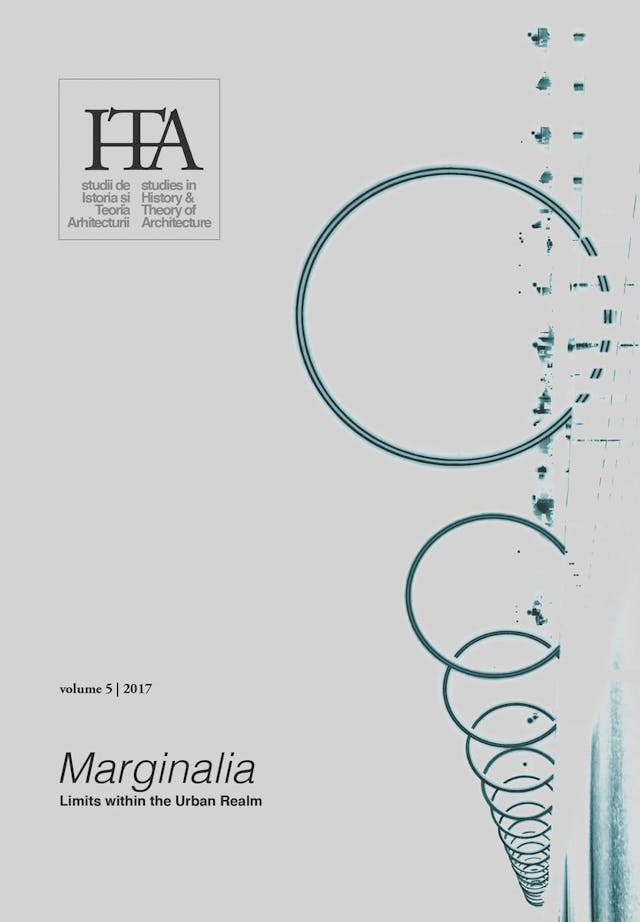Reframing Urban Boundaries:Lima’s Urban Black Holes
Reframing Urban Boundaries:
Lima’s Urban Black Holes
by
Sonja Vangjeli
Keywords
limit
boundary
cultural heritage
conservation
urban growth
informality
agriculture
The current urban condition of Lima, Peru is dominated by tension between the preservation of natural and cultural heritage and the housing and economic needs of the people. The need for marginal land by informal settlements threatens the hundreds of urban archaeological sites that are deemed “intangible heritage” and perceived as black holes in the urban fabric. The lack of an effective planning framework and heritage preservation policy, and the loss of meaning of cultural heritage sites and their relationship to the territory, have resulted in the rapid encroachment of the urban fabric over Lima’s inherited natural and cultural landscape. How can these heritage sites be redefined in the collective imagination of the city and more meaningfully integrated into the urban fabric as significant collective spaces?
The urban boundary is a powerful protective tool for natural and cultural heritage preservation and an effective structuring device for urban development. By redesigning and strengthening the boundaries of natural and cultural heritage landscapes as connective, productive, and educational collective spaces of exchange rather than separation, the open spaces within can recover their meaning and value, and be collectively protected as cherished cultural assets.
Published in

Chicago citation style
DOI:
10.54508/sITA.5.04